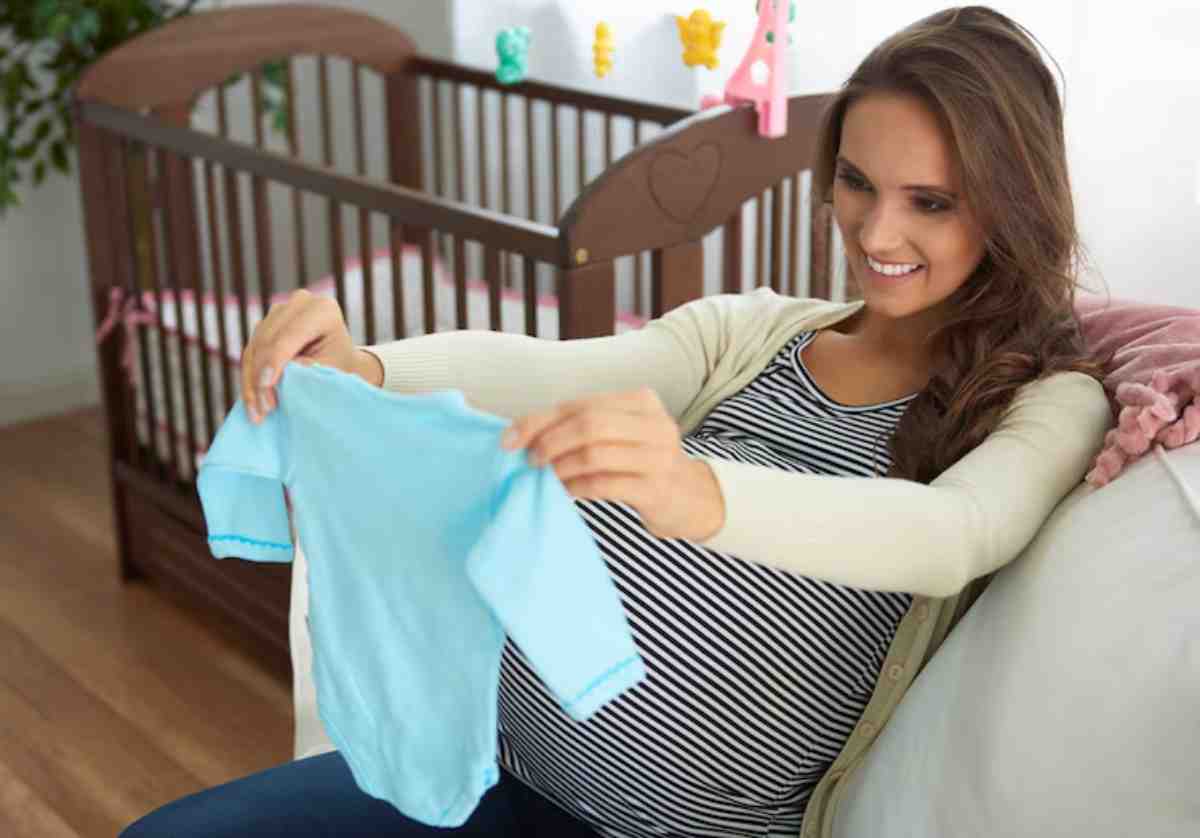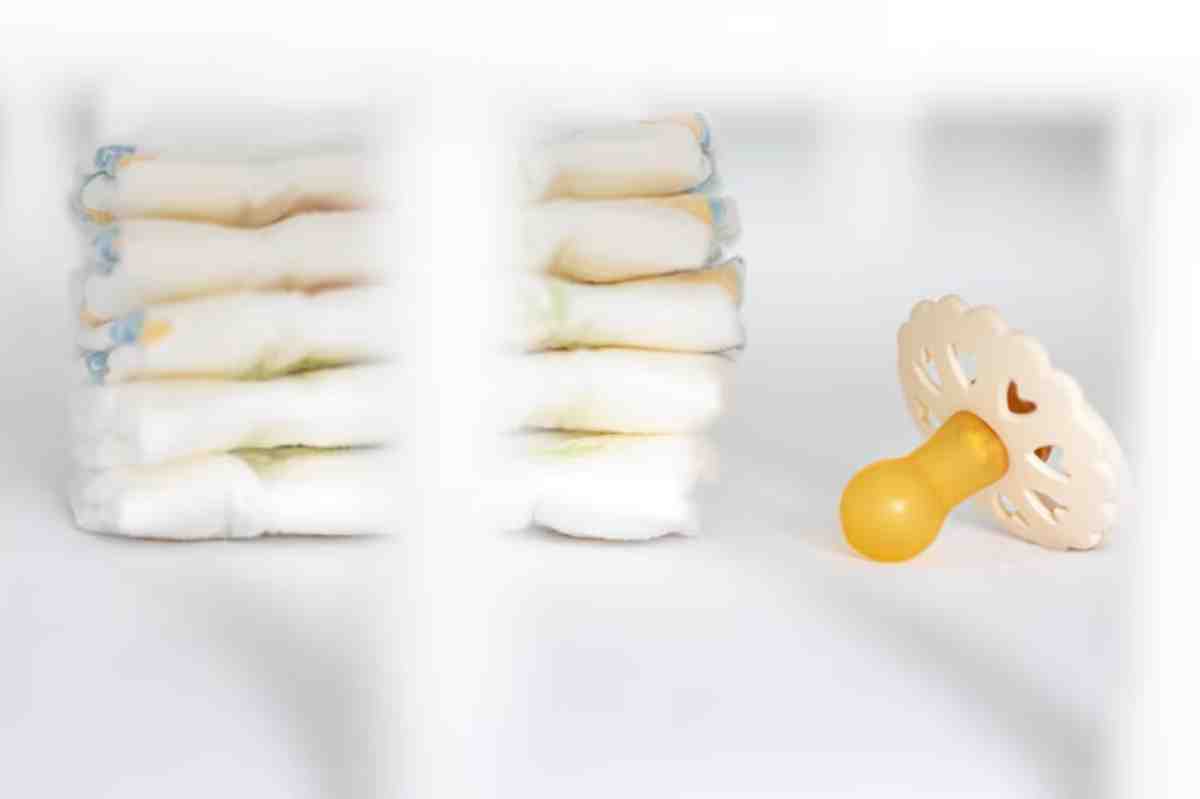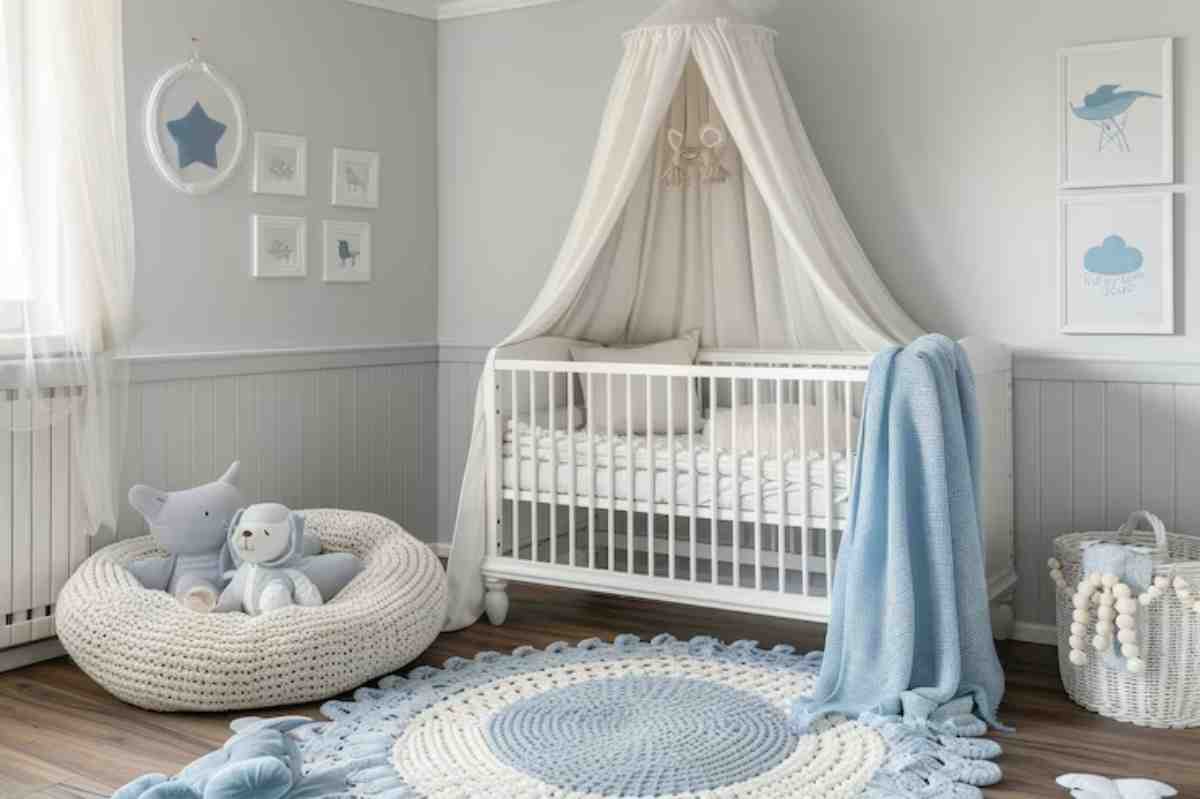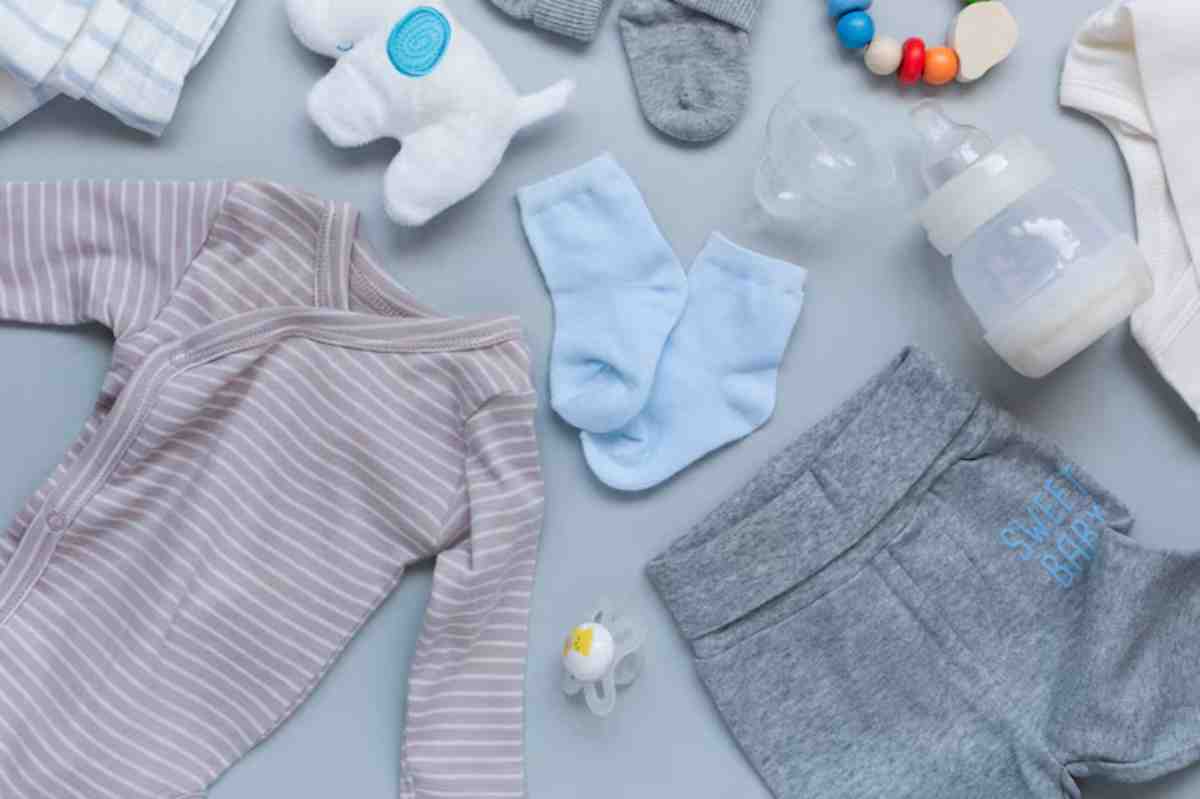
Managing Diaper, Clothing & Childcare Costs
Babies are tiny, but their costs can feel anything but. From nappies to onesies, childcare to cribs, those early years bring a surprising number of expenses that pile up faster than laundry day.
While some items are unavoidable, many parents find they can build a practical baby essentials budget that keeps the whole family comfortable without overspending. The key? Smart planning, realistic expectations, and a few tried-and-true cost-saving strategies.
This guide covers how to manage day-to-day baby needs and long-term childcare expenses without sacrificing quality or peace of mind. Whether you’re a first-time parent or expanding your family, these tips will help stretch your budget and soften the financial load.
The nappy bill: How to keep costs in check

Nappies (diapers) are one of the most consistent early expenses. You could go through 2,000 to 3,000 nappies in your baby’s first year alone. That adds up.
Cost-saving tips for nappies:
- Buy in bulk: Warehouse packs are often cheaper per nappy.
- Use loyalty points: Supermarkets and chemists often offer rewards.
- Trial reusable options: Modern cloth nappies have evolved and save money over time.
- Sign up for discounts: Many brands offer welcome packs or starter bundles with vouchers.
Be flexible. Try a few brands and types before committing to one. Your baby’s comfort and skin sensitivity matter more than brand loyalty.
Baby clothing: Avoiding the fast-fashion trap
Baby clothes are adorable, but they outgrow them so fast that spending big makes little sense.
Save without skimping on style:
- Hand-me-downs: Accept hand-me-downs from friends, family, or local parent groups
- Shop second-hand: Charity shops, apps like Vinted, or community swaps offer great value
- Buy in seasonal sales: Purchase bigger sizes during end-of-season deals
- Rotate wardrobes: Focus on a few mix-and-match essentials
Stick to soft, practical fabrics, and remember: your baby doesn’t care about labels, just comfort.
Baby gear: Know what you really need

From bouncers to bottles, the list of “must-haves” can quickly become overwhelming. But not everything is essential.
Essential gear includes:
- Cot or bassinet
- Car seat (check UK safety regulations)
- Pram or buggy
- Baby carrier or sling
- Feeding equipment (bottles, breast pump if needed)
Avoid duplicate gadgets or heavily marketed extras until you know your baby’s preferences.
To learn how to build a wider financial base as your family grows, see our guide on financial planning for baby #2 and beyond.
Managing childcare expenses strategically
Childcare is one of the most significant costs for working parents. But with careful planning, you can reduce its impact on your budget.
Explore these childcare savings:
- Use your tax-free childcare account: Eligible families in the UK get up to £2,000 per child annually
- Apply for funded hours: 15 to 30 free hours per week are available for 3- and 4-year-olds (and some 2-year-olds)
- Consider family support: Grandparents or trusted relatives can offer part-time help
- Share care: Nanny shares or co-op models reduce costs significantly
- Flexible working: Staggered shifts or hybrid working reduce full-time care hours
Do your research. Childcare costs vary widely based on location and provider. Plan early to secure spots at nurseries with good value.
Build a baby essentials budget you can stick to

Here’s how to break it down in a simple, family-friendly way:
Monthly baby budget categories:
- Nappies and wipes: £40–£60
- Clothing and gear: £20–£50 (averaged)
- Childcare: Varies – can exceed £800/month in urban areas
- Health & wellness: £20–£50 (medicines, creams, supplements)
- Emergency or flexible fund: £30+ to cushion unexpected expenses
Update your budget every few months. Babies grow, needs change, and so should your financial plan.
If you’re navigating a single income or flexible work setup, consider our tips on budgeting when a parent leaves the workforce to help balance household finances.
Final thoughts: Focus on value, not volume
It’s easy to feel pressure to buy the best of everything. But the truth is, your baby needs your care, not your wallet.
Spend smart, plan ahead, and prioritise items that offer real, practical value. Remember: so many baby items have a short shelf life. Focus on what serves your baby well now, not what looks good on Instagram.
A calm, well-prepared parent is the best investment your child can have. And that starts with a budget that works.


